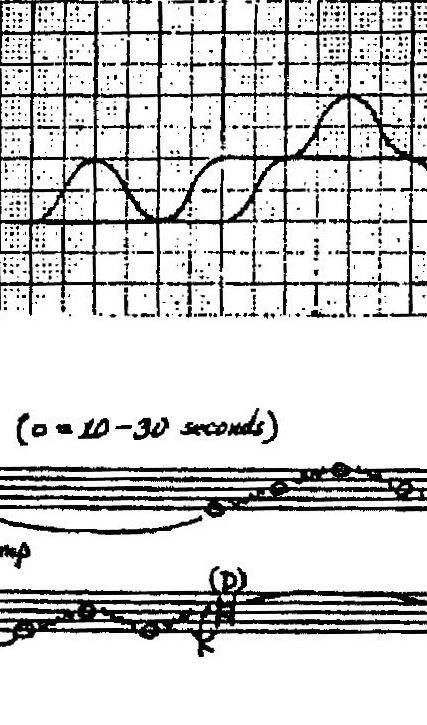
Myriam Bleau
SOFT REVOLVERS
Soft Revolvers is a music performance for 4 spinning tops built with clear acrylic by the artist. Each spinning top, 10’ in diameter, is associated with an ‘instrument’ or part in an electronic music composition. The tops are equipped with gyroscopes and accelerometers that communicate wirelessly with a computer where the motion data collected (speed,unsteadiness at the end of a spin, acceleration spikes in case of collisions) informs musical algorithms designed in Pure Data. LEDs placed inside the tops illuminate the body of the objects in a precise counterpoint to the music.





